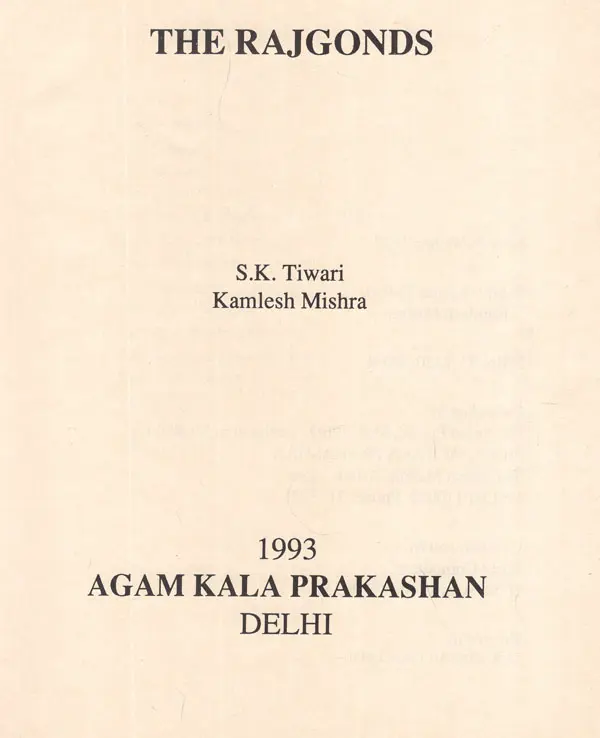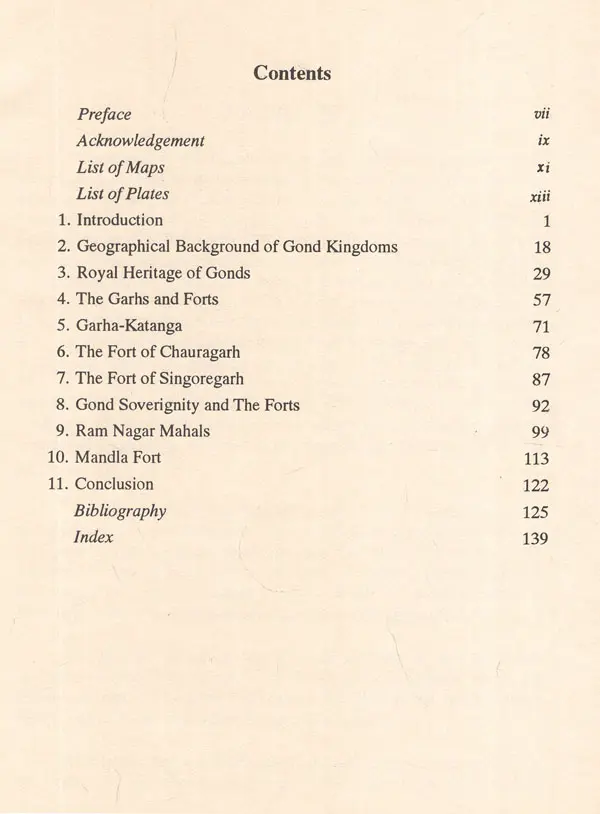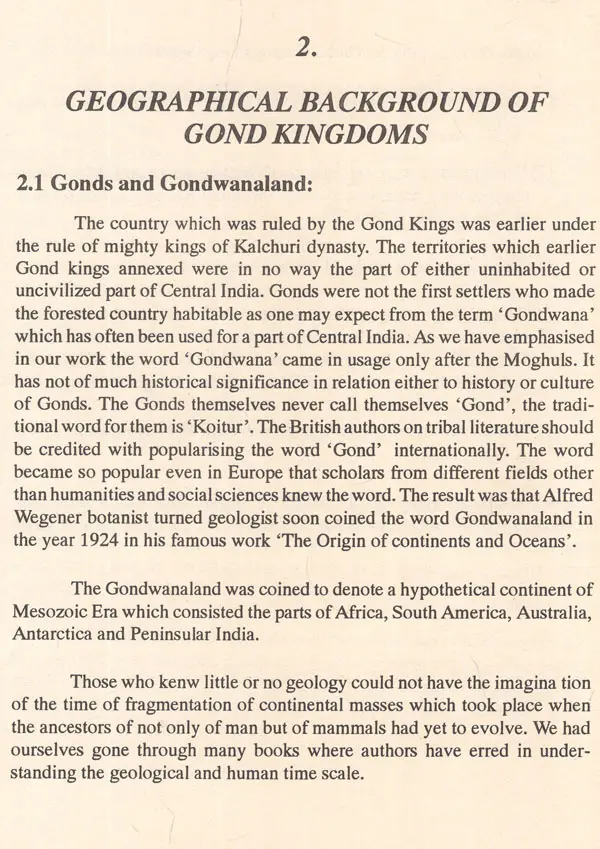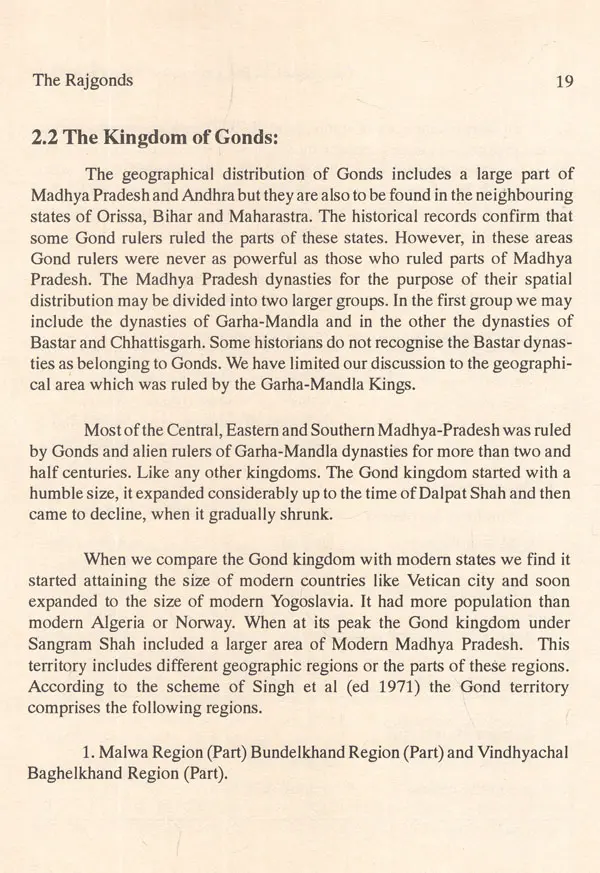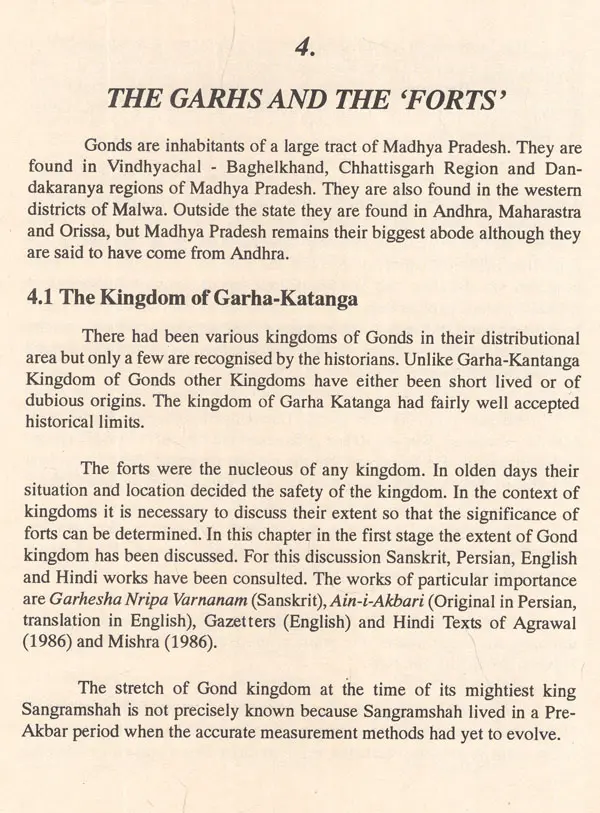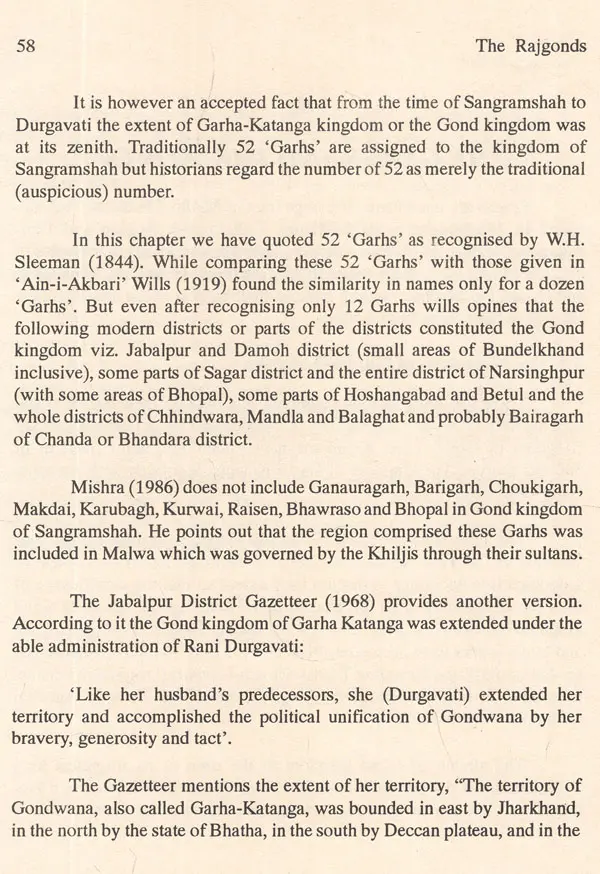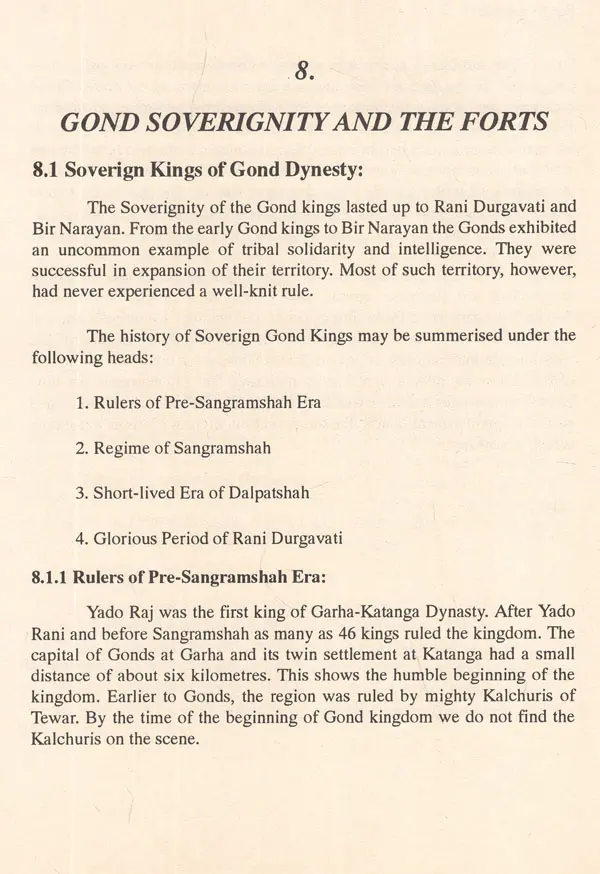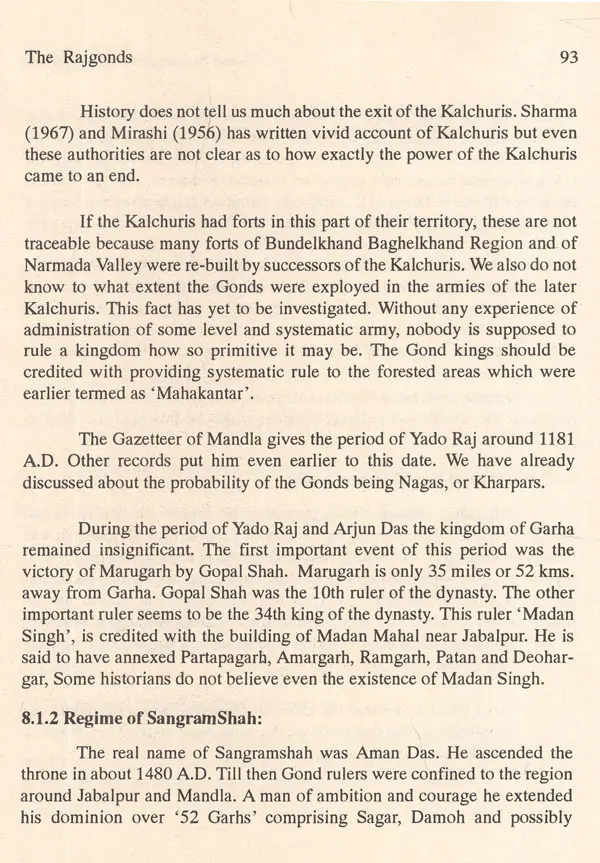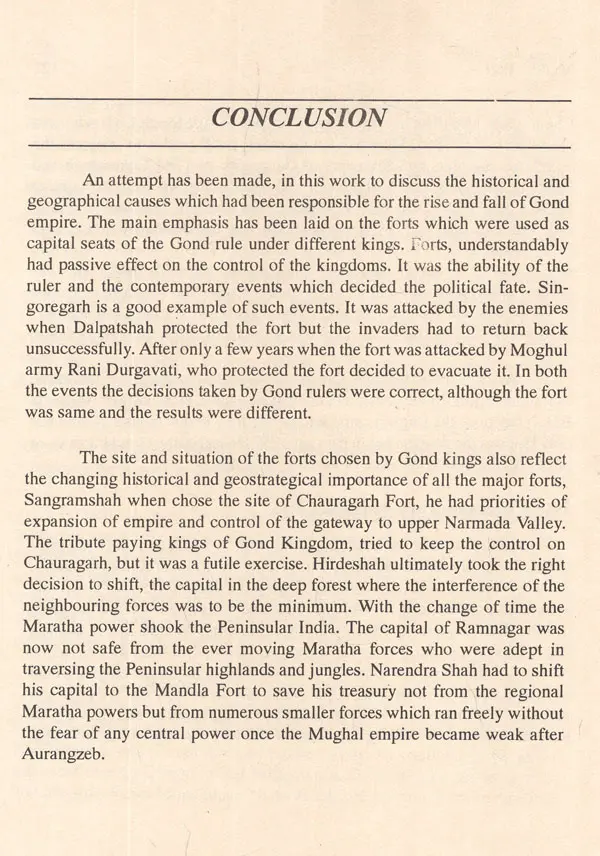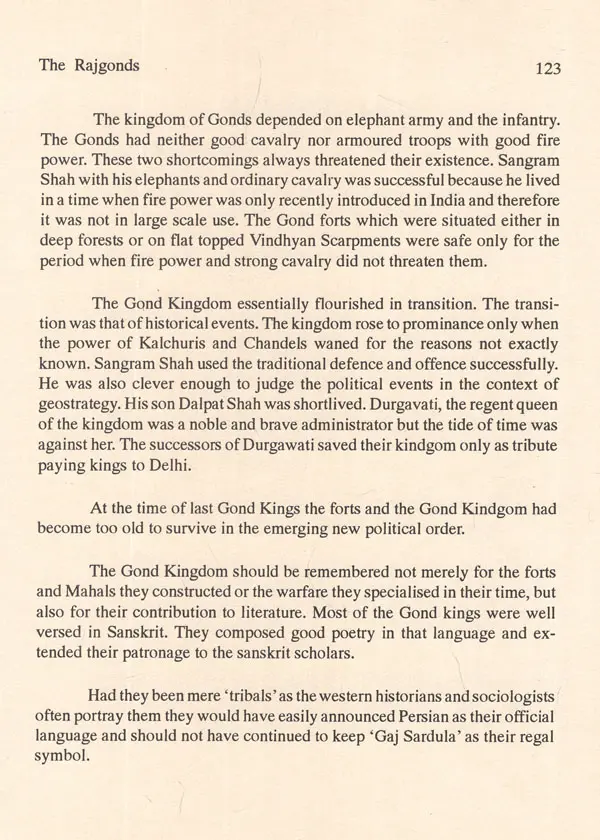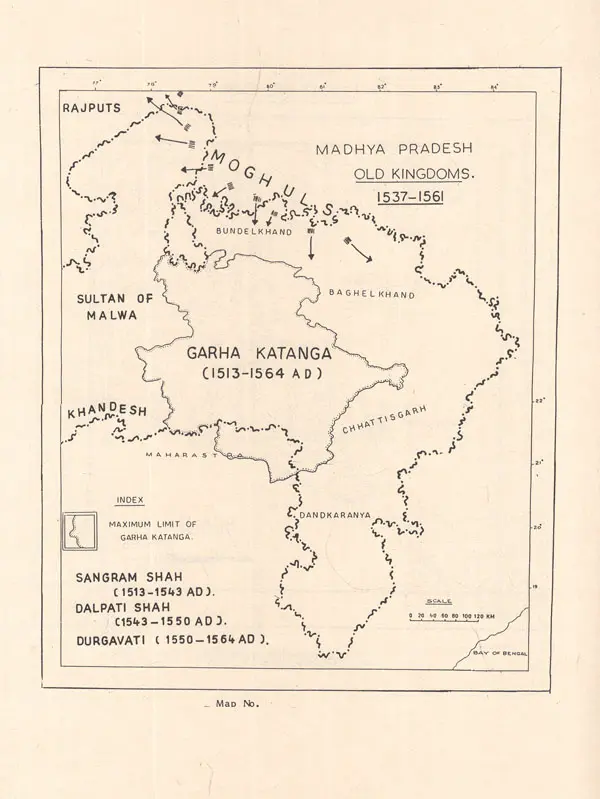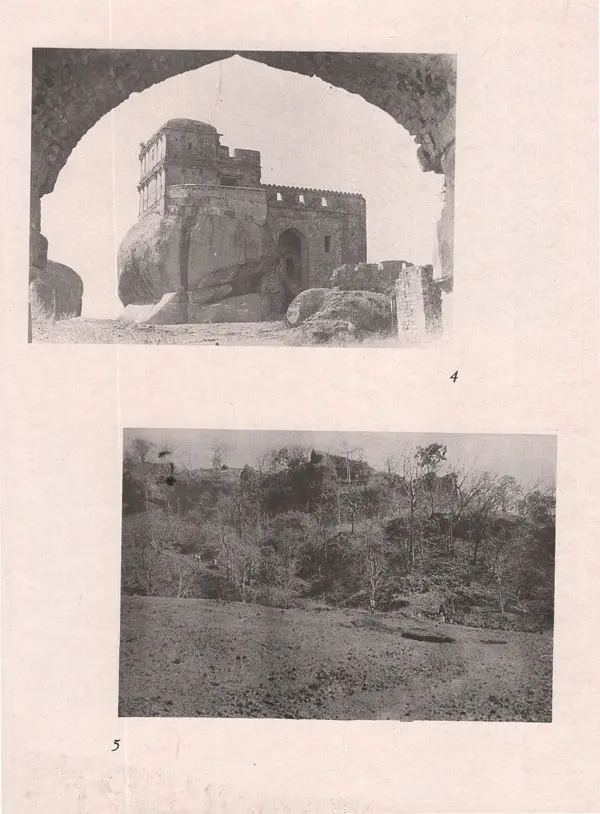
The Rajgonds (An Old and Rare Book)
Book Specification
| Item Code: | UAO689 |
| Author: | S. K. Tiwari and Kamlesh Mishra |
| Publisher: | Agam Kala Prakashan, Delhi |
| Language: | English |
| Edition: | 1993 |
| ISBN: | 8173200009 |
| Pages: | 176 (B/W Illustrations) |
| Cover: | HARDCOVER |
| Other Details | 10.00 X 7.50 inch |
| Weight | 540 gm |
Book Description
Historicity of Tribals has never received the due attention of scholars in India. The reason is that the early literature on the Indian Tribes was written by colonial writers, who for the political reasons were always pre-occupied to prove the distinct identity of Indian tribals at par with Red Indians and the Australian aboriginals.
The book traces the history and culture of Raj Gonds, a tribe which established a dynastic rule to survive for centuries in the Garha Mandla area of upper Narmada Valley.
Dr. S. K. Tiwari
Author of a dozen books Dr. Tiwari's academic interests are diverse. He has written books on varied topics of Geography, Zoogeography, Social anthropology and Tribal life.
Dr. Tiwari has served the Collegiate Education of Madhya Pradesh as a Professor and Head of Geography Departments of many Government Post Graduate Colleges for about a quarter century. Presently he holds the Post of Head of the Department of Tribal Studies in Rani Durgavati Vishwavidyalaya (formerly Jabalpur University).
His books on zoogeography have received world wide recognition. His important works are 'Readings in Indian Zoogeography (2 Vols.), Zoogeography of India and South East Asia and 'Zoogeography of Indian Amphibians."
Dr. Tiwari's first book on tribal was published by the life Government of Madhya Pradesh. The recent book is his fourth book on the subject.
Dr. Kamlesh Mishra (1957)
Kamlesh Mishra successfully completed his doctoral research 'Site And Situation of Gond Forts of Madhya Pradesh' under the supervision of Dr. S.K. Tiwari. Rani Durgavati Vishwavidyalaya conferred Ph.D. Degree for his work in the year 1991.
He is presently working as Assistant Director of Academic Staff College of Rani Durgavati Vishwavidyalaya, Jabalpur.
Any reader of tribal literature is astonished to find the general paucity of historical treatises on Indian tribes. This however is not true of the tribal literature written in the context of African and Latin American tribes. In the recent years the historians from all over world seem to have awakened to search the history of Inca tribes. This historical interest amongst the western historians have generated at a time when most of the Inca tribes have been decimated or culturally altered. In India, it is really a matter of surprise that in a tradition of tribal literature, which is about two centuries old had mostly been devoid of historical perspectives. The historical records of Indian tribes were largely thought to be concocted not fit to be brought before the notice of common Indian. A situation like this is not by accident. In fact no imperialist literature would ever like to narrate the history of its oppressed subjects. In the western world the invaders never wanted to provide the evidences of old cultures. But once these cultures were vanquished, with no chances of the problem of Human Rights emerging, the historical interest for acedemic ends has grown.
In India, where the early tribal literature was written by the imperialist writers every attempt was made to prove the tribals as seperate communities on the basis of their existing economic state. The tribals who lived in India were said to have no histories but a sequence of survival. This thought was spread by a well planned strategy in which Britishers wanted to identily a large population of India seperately from the remaining population.
Unlike other parts of the world the Indian tribes are the integral part of Hindu society. Their culture is historically same as those of any other Hindu community. The tribes had regional distribution and therefore their beliefs and religions had narrow geographical bounds.
The present work is an attempt to discuss the historical realities of the Gond Tribe of India. The Gonds have been relegated to tribal status by a wrong concept propagated mainly by the Western Scholars who worked in India in 19th century. A very large number of writings of this time painted the life and culture of the Gonds which they compared with the aboriginal tribes of Africa, Australia or of North and South Americas. Later on, the word "Tribe' was translated in Hindi as 'Adivasi' which corresponds even the more incorrect sense. The Gonds were neither primitive nor aboriginal community of Central India. As a tribe they are not comparable to the Pygmies of Africa or the Red Indians of the New world. Whereas the Red Indians of America or the Aboriginal tribes of Australia were primitive and aboriginal communities to their native continents, and the white settlers from Europe who colonized the new lands after wiping the populations of native tribals were foreign elements, Gonds were essentially part and parcel of the larger Hindu Community A section of Hindu community always lived in thick forests They formed numerous smaller communities often having local beliefs, customs and economy. People of these forest dwelling communities were gradually being assimilated in the mainstream of Hindu Culture. In the natural course of their development they attained the much sought after status of 'Ksatriyahood' and even ruled parts of Central India for centuries after the decline of the great Kalachuries of the Narmada valley. Thus even the earliest of the Gonds formed the integral part of Hindu Society.
**Contents and Sample Pages**
